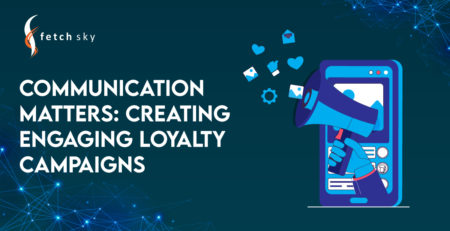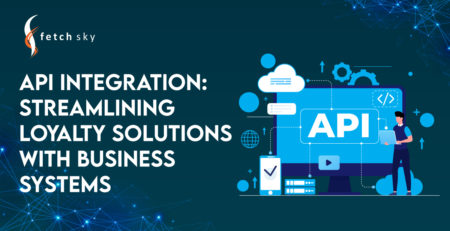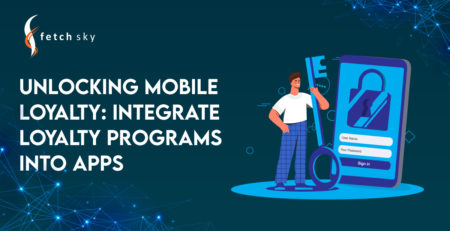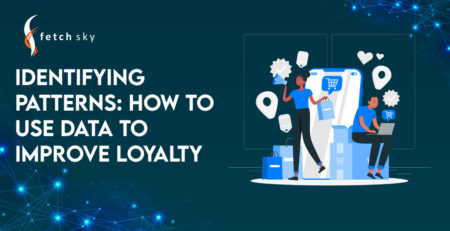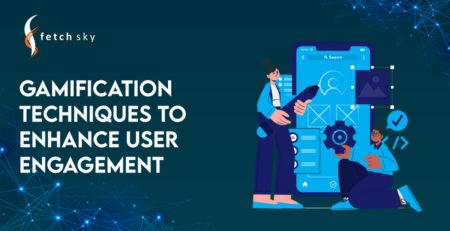Digital Loyalty Real-World Success Stories
Introduction: Real-World Success Stories
Nike has become one of the most valued sports retailers worldwide, with their brand value reaching a huge $30.44billion. But their monetary success isn’t the only thing to brag about — they’re also seeing huge success with the Nike loyalty scheme. According to the brand, their 100 million members spend roughly three times more than other shoppers. And since its launch, Nike continues to improve the loyalty program, turning it into one of the most successful programs in the ecommerce space.
~Source
Customer loyalty programs have become ever-present across industries. However, simply offering points and discounts is no longer enough to stay competitive. Advancements in technology have enabled brands to transform traditional loyalty programs into captivating, personalized experiences that keep customers engaged across channels. In this post, we’ll explore three real-world Success Stories showcasing how digitally-savvy brands innovated their loyalty strategies to drive results
You can read our blogs to know what a Digital Loyalty Solution exactly is, its benefits, how it can boost customer retention, and how to make an attractive loyalty program. You can also find steps to integrate it into your websites and into your apps and into your business systems as well. Moreover, there’s a gaming option you can add to your loyalty program, you can find out more about that as well. For in-depth personalization details in Digital Loyalty Programs, click here. Defining Goals is another important for Loyalty Program, read more.
Starbucks’ Real-World Success Stories
Revitalizing Loyalty with Mobile Apps: How Starbucks Re-Engaged Casual Customers
Historically, Starbucks relied on a simple punch-card system to reward frequent purchasers. However, the brand saw declining visits among casual customers who did not make enough purchases to earn rewards under the old model.
To re-engage these lighter buyers, Starbucks launched a mobile app in 2011 that offered customized rewards based on each customer’s purchase history and preferences. Members could order, pay, and collect Stars all from their smartphones. By incentivizing enrollment via freebies and bonus Stars, Starbucks saw retention spike by 30% in the first year among casual drinkers.
The seamless mobile experience also unified in-store and online profiles to enable highly personalized offers. Starbucks mobile app users visited twice as often and spent 2-3x more per month compared to non-app customers. Starbucks’ revenues nearly doubled from $7.8 billion in 2009 to over $16 billion by 2019, demonstrating the mobile loyalty program’s effectiveness.
Sephors’s Real-World Success Stories
Empowering Employees to Create VIP Experiences: How Sephora’s Clienteling Program Cultivated Loyal Advocates
Sephora historically relied on a tiered points system to cultivate loyalty. However, the brand saw an opportunity to leverage its most loyal VIB Rogue members to become authentic brand ambassadors and drive word-of-mouth marketing.
In 2017, Sephora introduced new VIP benefits focused on personalized experiences rather than discounts. For example, Rogue members gained access to private events, text messaging with beauty advisors, and invitation-only product previews. Sephora also empowered in-store staff to provide tailored, one-on-one consultations to these top-tier clients.
To incentivize advocacy, Sephora encouraged Rogue clients to share their VIP treatment on social media through branded hashtags and giveaways. In just one year, Sephora’s VIB Rogue base expanded by 15% while members organically spread awareness as authentic brand advocates.
Starbucks’ Real-World Success Stories
Driving Incremental Revenue through Game Mechanics: How Starbucks’ Gamified App Boosted Loyalty Engagement
In 2014, Starbucks became an early pioneer in integrating game mechanics into loyalty programs. Members could unlock new statuses, badges, and rewards by completing challenges like trying featured drinks, visiting multiple locations in a week, and referring friends.
These fun goals surprised and delighted users while incrementally driving visits and spending. Compared to non-rewards members, gamified Starbucks loyalty users visited 20% more often weekly and spent 46% more loading funds onto the app to keep playing. The average gamified member generated 20% higher annual purchase revenue.
By innovating beyond traditional loyalty structures, Starbucks creatively combined rewards and game elements to motivate engagement and purchases from members.
Key Takeaways: Evolving Loyalty Strategy for the Digital Age
While customer loyalty programs have been around for decades, these examples demonstrate that brands must continue evolving their strategies to drive real results, not just signups. Key lessons include:
- Leveraging mobile apps and personalization to refresh outdated loyalty models and re-engage customers
- Empowering employees to provide tailored experiences and cultivate brand advocacy among VIP members
- Incorporating gamification and surprise-and-delight tactics to make loyalty fun, engaging, and rewarding
The brands that will win customers’ hearts and wallets are those thinking beyond points and discounts to creatively integrate technology into holistic loyalty experiences. The digital age provides immense opportunities to evolve loyalty into a true competitive advantage if harnessed successfully. There are few local brands acing the loyalty programs for instance one of the most loved Khussa brand called SNF Products, eyeglasses and sunglasses brand called Goggles Guru and the best perfume in Pakistan GodScent.
To get a complete guide to Digital Loyalty Solutions, Click Here.


